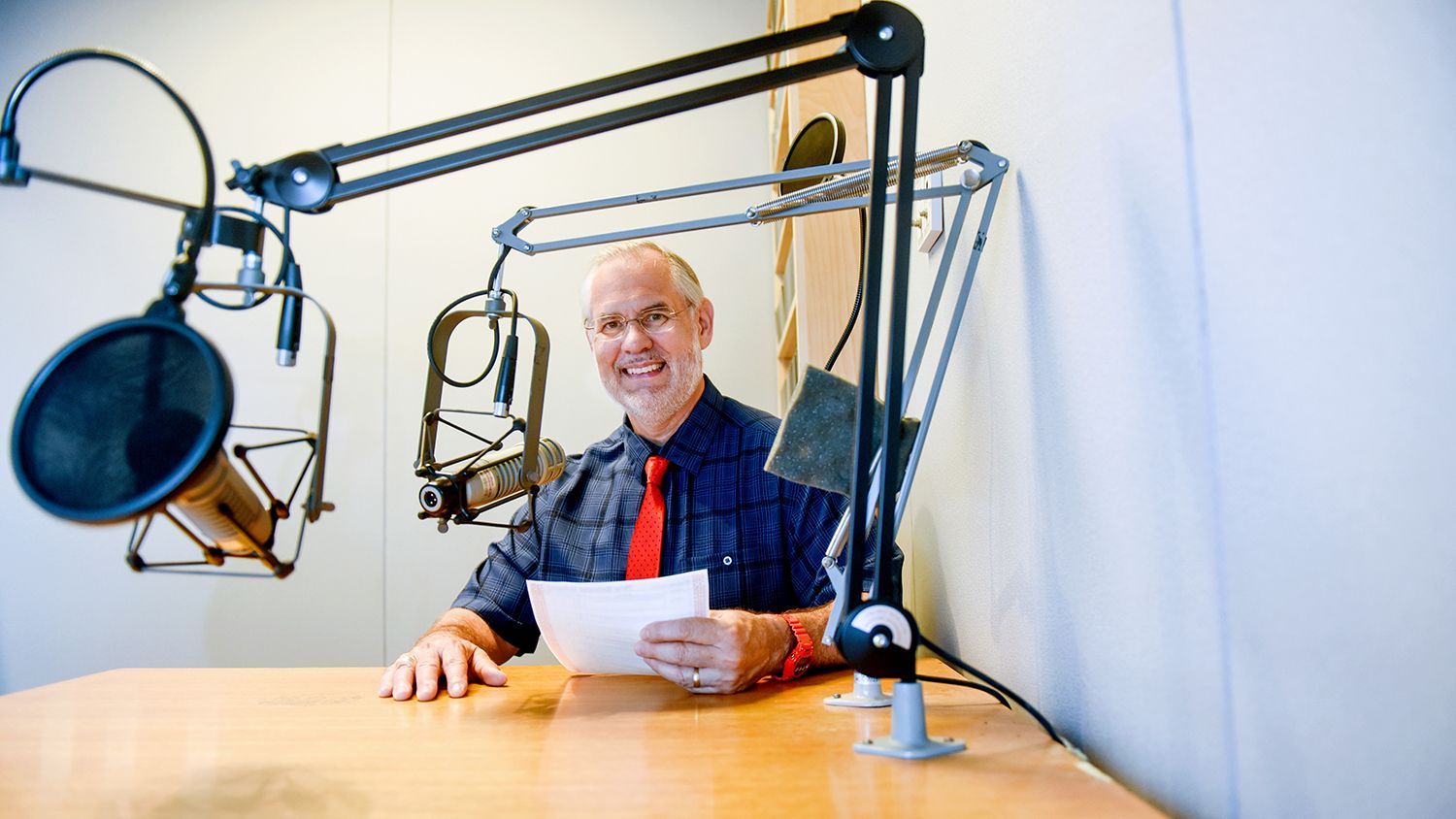You Decide: Which Economic Plan Will Boost the Economy?

YOU DECIDE: WHICH ECONOMIC PLAN WILL BOOST THE ECONOMY?
Dr. Mike Walden
I’ve been avidly following presidential elections since 1960. Then, as a ten-year-old, I watched the Kennedy-Nixon race go down to the wire with the final outcome being decided by only a handful of votes.
Now, just as in 1960 and almost every election since, today’s presidential contest focuses on the economy. One of the big economic issues is relatively slow growth. In recent years our economy has been annually expanding by close to 2 percent. The long run average is nearer to 3 percent.
While the difference between 2 percent and 3 percent may appear slight, it really is significant. In an economy growing 2 percent per year, it takes thirty-six years for the average standard of living to double. But if that growth rate is boosted to 3 percent annually, the average standard of living doubles in only twenty-four years.
So increasing the rate of economic growth can – to use a metaphor for living standards – raise the economic boats in the country more quickly! This is why both major presidential candidates – Secretary Clinton and Mr. Trump – recently released their economic plans for taking economic growth to a higher level.
Their plans actually contain some similarities. Both candidates want to substantially increase infrastructure spending by the federal government on items like roads, bridges, ports and airports. Many studies suggest our infrastructure is old and inadequate. Plus, with historically low interest rates for borrowing, there’s the argument that now is the perfect time to beef up this spending.
Both campaigns also propose re-examining international trade agreements, either through renegotiation (Mr. Trump) or targeted fines on countries violating trade agreements (Secretary Clinton).
But in the area of tax policy, the two candidates bring dramatically different proposals based on very different philosophies. Indeed, their proposals have revived the economic debate between “supply-side” solutions and “demand-side” answers.
Mr. Trump’s tax ideas are very much in the supply-side camp. The supply-side theory says the major impediment to faster economic growth lies in deterrents to business expansion. Supporters contend two major deterrents are high tax rates and excessive regulations. Hence, the supply-side prescription to lifting economic growth is to lower tax rates and reduce regulations.
Mr. Trump’s tax plan would do both. It would reduce federal personal income tax rates, slash the federal corporate income tax rate by over half and eliminate the remaining portion of the estate tax. His plan also includes curtailing business, financial and environmental regulations.
Mr. Trump also suggests his tax cuts would generate so much additional economic growth that federal budget deficits would not increase even though tax rates are lower.
Secretary Clinton’s tax plan is based on a different idea – the idea that slow growth is resulting from problems on the demand, or consumer spending, side of the economic equation. Hence, if consumer spending is stimulated, businesses will in turn produce more and hire additional workers – all of which will raise economic growth.
More specifically, the demand-side idea behind Secretary Clinton’s tax proposals believes the lack of consumer spending is mainly from middle and lower-income households, as their economic conditions have been adversely impacted by several broad economic trends.
Therefore, the Clinton plan would increase tax rates and limit tax deductions on upper income earners (mainly those with annual incomes above $1 million) and channel those revenues to middle and lower income earners through additional public spending in education, child and parental care and infrastructure. The plan would also raise the minimum wage to between $12 and $15 an hour from the current $7.25.
So behind the campaign speeches and ads of the candidates is a real difference in opinion about what ails the economy and how to fix it. This is not a new battle; it goes back at least 80 years when a British economist (John Maynard Keynes) popularized the idea of governments taking active roles in spending in order to stimulate economic growth. It hit the headlines again when the supply-siders pushed their agenda in the 1980s.
However, there may be a third policy plan about the economy not represented by Secretary Clinton or Mr. Trump. This policy formula simply says –nothing can be done – because uncontrollable forces are shaping the economy. Slow population growth, smaller household sizes, an aging society, modest gains in the labor force and weak improvements in worker productivity collectively are causing our economy – and, in fact, economies all around the world – to expand at a much slower pace. This analysis says, get used to it. Slow growth is the “new normal” despite what government may do!
So, in this election there are multiple perspectives about the economy and multiple plans (or no plans) to fix the economy. Each of us has about two months to decide which best fits reality!
Mike Walden is a William Neal Reynolds Distinguished Professor and Extension Economist in the Department of Agricultural and Resource Economics who teaches and writes on personal finance, economic outlook, and public policy.
- Categories:


